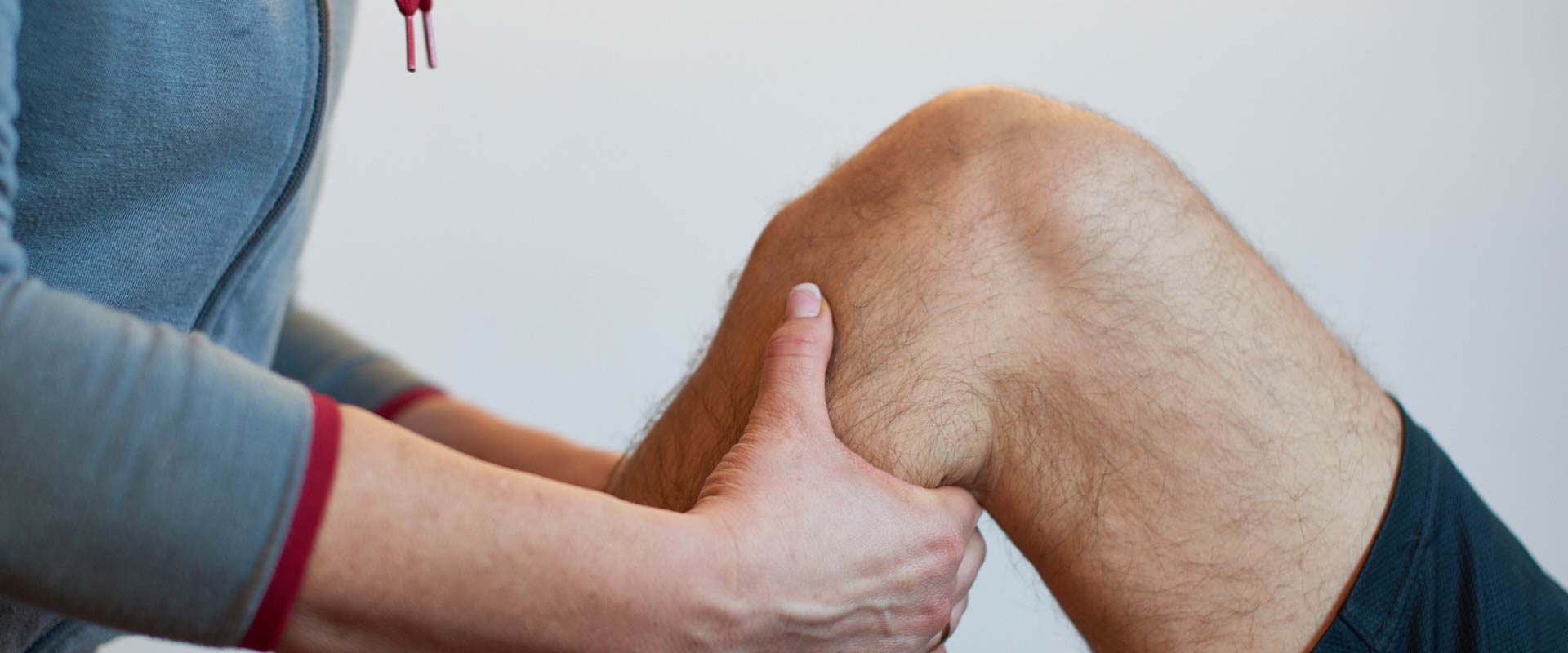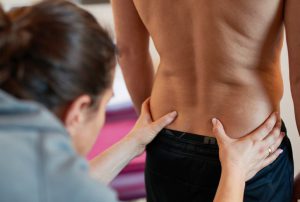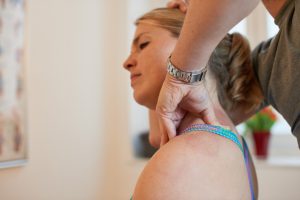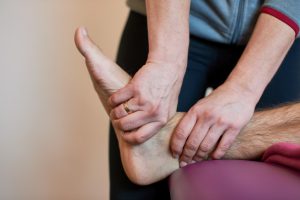Manual therapy is one of the most important tools in physiotherapy and has been around since the 1970s. Our practice utilizes manual therapy as a pivotal part of the examination and treatment process in addition to functional movement analysis.
Working With Our Hands
The basis of manual therapy is the use of specialized handgrips and mobilization movements to analyze the physical issues a patient is experiencing. Various information such as joint play, the elasticity of the joint capsules, muscle function (in terms of stability and strength of muscles surrounding the joint), and flexibility of the nerve tissue are all evaluated and recorded. Ultimately, the goal is to restore healthy joint interplay by retraining damaged muscles and alleviating compromised nerves. The result is the elimination of any disturbances in movement and the prolonged relief of pain or discomfort.
Manual Therapy As The First Step
Oftentimes correcting the damaged joints and soft tissues (i.e. muscles, tendons, ligaments, connective tissue, and fascia) of affected areas is the first step in the treatment process. A functional massage is often prescribed to prepare the muscles for the next step in treatment which is typically to mobilize the affected joint(s) in the restricted direction. During mobilization, the structures consisting of collagen fibers are stretched and conditioned. Collagen is the form of protein that gives joints and tissues their strength and flexibility. It plays an extremely important role in restoring full athletic ability. The process of manually manipulating collagen fibers takes both patience and a calculated application of strength. The intensity of manual therapy treatment is largely dependent on the specific problems identified during the initial diagnostic and our continual observations throughout the recovery process.
Following a manual mobilization session by one of our physical therapists, a patient will also be prescribed an at home training program consisting of repetitive movements, stretches, and stabilization exercises.
Manual therapy is one of many components of our comprehensive rehabilitation approach. The long-term success of treatment is heavily dependent on the use of active movement exercises and functional movement sequences to restabilize the injured joint or muscle group.
This form of therapy is suitable for reversible disorders of the musculoskeletal system, which can occur at every joint of the body (including the spine or extremities) and cause prolonged pain.






